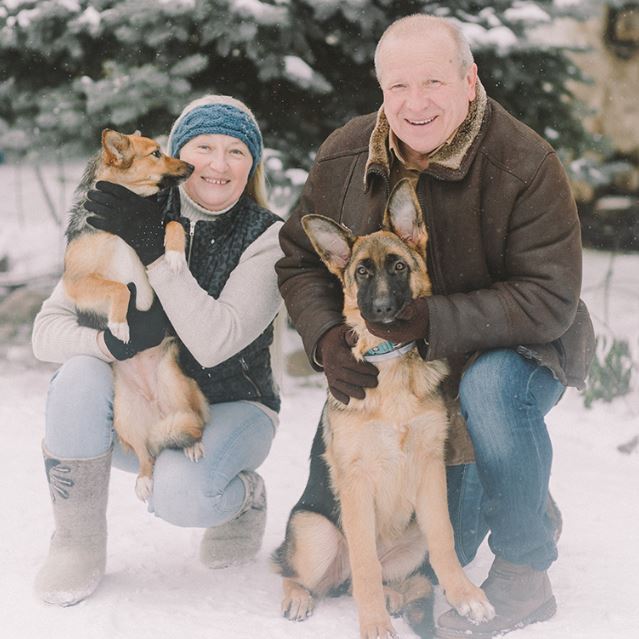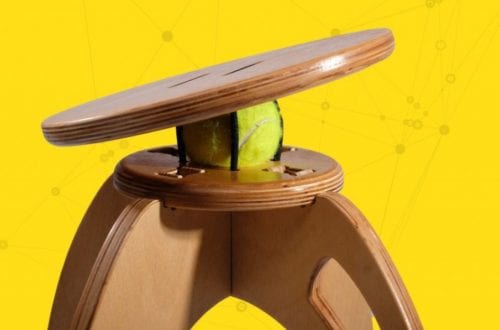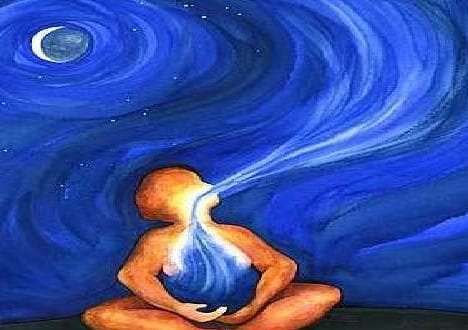
Hip Joints…Keep Us Moving
I love telling people that there are 22 muscles that move each hip joint. It’s a surprise and hard for them to know what to make of it.
The problem is that in the fitness and rehab worlds, you would think that the only muscles of the hips are the hip flexors (psoas), the ITB and the piriformis. Those are the ones that are most written about, stretched, rolled and massaged. In the olden days, it used to be all about the quads and the hamstrings. How times change!
Of course there is good reason to give press to them, but if that is all that we think about, we miss the finer details.
Finer Details
Those 44 muscles (22 for each hip joint) have a big job coordinating all the movements that keep us standing, walking, running, dancing and whatever else that we pursue in a day’s time. There is no way that we can work on one of those muscles at a time. They are like a 44 piece orchestra, each contracting and relaxing in rhythm to what we are doing, what direction the joints are moving and on what kind of surface we are moving.
So what happens if we get injured, want to perform better, feel tight or have pain? Where does one begin? What can be done?
The first step is to know that the system is complex and one muscle is not the problem, nor the solution.
“Listening”
Staying with the orchestra metaphor, listening to the feelings, not the emotional tone, but the sensation is key.
The next step is to ‘tune’ in to the details of the sensation. What do I mean by that? Do some sleuthing.
–Are there times that you are comfortable? What are you doing? What position are you in?
If the issue is pain or tightness, use the what, where, how and when question format.
–What do you feel? (Does the intensity change?) What are you doing when you feel it? (Is it always the same?)
–Where specifically do you feel it? (Does it change?)
–How long does it bother you for?
–When does it bother you? (At rest. With activity? At night? In the morning? As the day goes on?)
Sometimes just paying attention to the sensation gives clues to how to move more comfortably. Can you anticipate the sensation? And if so, can you alter your movement to diminish an unpleasant sensation?
Keystone
The hips are the keystone to connecting our torso and legs. The largest muscles of the body move the hip joints, helping us move up and down, turn, jump, change pace, step up and down and lift our own body weight.
The smaller muscles of the hips help to fine tune movement and support the pelvic floor.
The hips have the second largest range of motion of all of the joints, just behind the shoulder joints. The hip joints give us stability. The shouler joints give us mobility.
With time
Movement of the hip joints allows the pelvis to move, which sends messages to the spine. If there is any back tension or tightness, movement between the pelvis, hips and spine will not be fluid or agile.
To be able to walk well into our golden years, having freedom in the hip joints is key. Varying movement is important for agile, flexible, strong hips. Changing exercise routines helps to provide that variation. Getting up and down from the floor helps as well. Kids or pets love when adults get on the floor to play with them! When was the last time you got down on the floor?
Need more help?
If you seek guidance from a practitioner to help with your individual situation, by answering the questions above, you will be able to give them the information that they need to help find some answers.
It is possible for your movement dreams to take shape! Have fun exploring!




